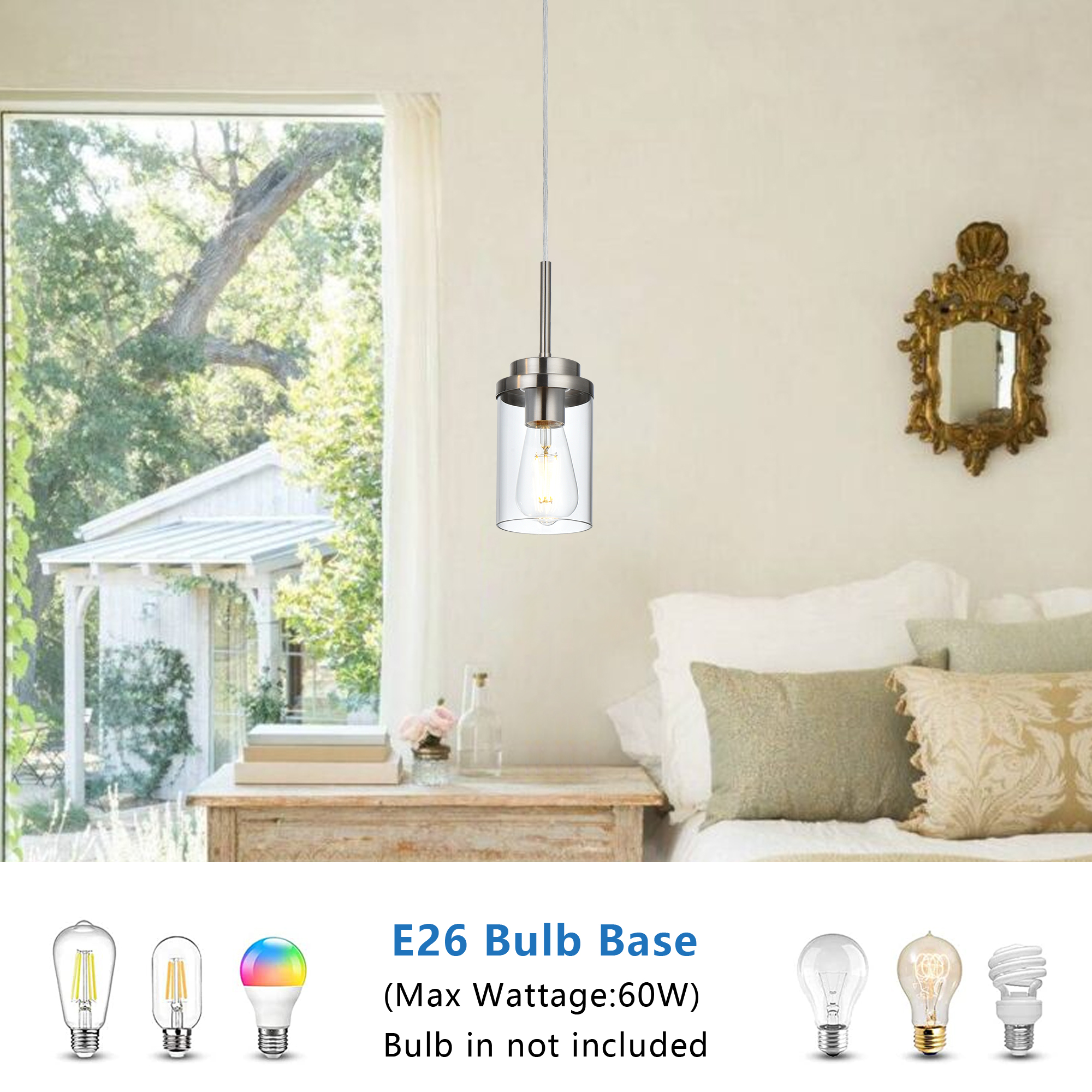types of lights
Types of Lights: Illuminating Your Space with Style and Functionality
Foreword
Lighting is an essential element of any space, serving both functional and aesthetic purposes. From setting the mood to enhancing visibility, the right type of light can transform a room into a sanctuary of comfort and style. This comprehensive guide explores the various types of lights, offering insights into their unique characteristics and applications. Whether you’re a homeowner, interior designer, or simply curious, understanding the different types of lights will help you make informed decisions to illuminate your space beautifully and effectively.
The Basics of Lighting
Before diving into the various types of lights, it’s important to understand the basics of lighting. Lighting can be categorized into three primary types: ambient, task, and accent. Each type serves a specific purpose and can be used alone or in combination to achieve the desired effect.
Ambient Lighting: This type of lighting provides overall illumination to a space. It creates a comfortable level of brightness without glare and is typically the starting point for any lighting design. Common sources of ambient lighting include overhead fixtures, such as chandeliers, ceiling fans with lights, and recessed lighting.
Task Lighting: As the name suggests, task lighting is designed to provide sufficient light for specific tasks, such as reading, writing, cooking, or working at a desk. It is often brighter than ambient lighting and is directed at a specific area. Examples include desk lamps, under-cabinet lighting, and pendant lights over a kitchen island.
Accent Lighting: This type of lighting is used to highlight specific features or objects within a space. It adds depth and dimension to a room by creating visual interest and focus. Common forms of accent lighting include track lighting, wall sconces, and picture lights.
Types of Lights
- Incandescent Lights
Incandescent lights have been a staple in homes for decades. They produce light by heating a filament inside the bulb until it glows. While they offer a warm, inviting glow, they are not as energy-efficient as newer lighting technologies.
Key Features:
- Warm, soft light
- High energy consumption
- Shorter lifespan compared to LED and CFL bulbs

- LED Lights
LED (Light Emitting Diode) lights are rapidly becoming the preferred choice for many due to their energy efficiency and longevity. They use a fraction of the energy of incandescent bulbs and can last up to 25 times longer.
Key Features:
- Energy-efficient
- Long lifespan
- Available in various colors and temperatures
- Dimmable (an important feature for creating mood lighting)
- CFL Lights
CFL (Compact Fluorescent Light) bulbs are another energy-efficient alternative to incandescent bulbs. They use a mix of phosphors to produce light and have a longer lifespan than traditional bulbs.
Key Features:
- Energy-efficient
- Longer lifespan than incandescent bulbs
- Produce a cooler light than incandescent bulbs
- Halogen Lights
Halogen lights are a type of incandescent light that uses a halogen gas to increase the efficiency and lifespan of the bulb. They offer a bright, white light that is ideal for task lighting.
Key Features:
- Bright, white light
- Energy-efficient compared to traditional incandescent bulbs
- Produce more heat than LED and CFL bulbs
- Fluorescent Tubes
Fluorescent tubes are commonly used in commercial settings but can also be found in residential applications, such as garages and utility rooms. They produce light by passing an electric current through a tube filled with gas.
Key Features:
- Energy-efficient
- Long lifespan
- Produce a cool, white light

- Smart Lights
Smart lights are a relatively new addition to the lighting market, offering advanced features such as remote control, voice activation, and compatibility with smart home systems. They allow users to adjust brightness, color, and even the scheduling of their lights from their smartphones.
Key Features:
- Connectivity with smart home systems
- Remote control via smartphone apps
- Voice activation through smart assistants like Alexa and Google Home
Choosing the Right Type of Light
When selecting the right type of light for your space, consider the following factors:
Functionality: Determine the primary purpose of the lighting in each room. Is it for general illumination, specific tasks, or highlighting certain features?
Aesthetic: Consider the style and mood you want to create. Warm lights are ideal for cozy spaces, while cool lights are better for brighter, more modern environments.
Energy Efficiency: Evaluate the energy consumption and lifespan of the bulbs. LED and CFL bulbs are more energy-efficient and have longer lifespans than incandescent bulbs.
Technology: If you’re interested in smart home integration, consider investing in smart lights that can be controlled remotely and synchronized with other smart devices.
Budget: Determine your budget and consider both the upfront cost of the bulbs and the long-term savings on energy bills.
Conclusion
Understanding the various types of lights is crucial for creating a well-lit, functional, and aesthetically pleasing space. By considering the specific needs of your room and the characteristics of each type of light, you can make informed decisions that will enhance your environment and save energy. Whether you opt for the warm glow of incandescent bulbs, the energy efficiency of LED lights, or the advanced features of smart lights, the right lighting can transform your space into a haven of comfort and style.

